- Filter By:
-
-
Stock photos and images of username:kuremo

Palm tree and seaside rampart decorated with graffiti on the Sunset beach in Chatan City in the American Village of Okinawa island in Japan.
Editorial LicenseUsername
kuremoResolution
4200x2800pxPalm tree and seaside rampart decorated with graffiti on the Sunset beach in Chatan City in the American Village of Okinawa island in Japan.


Protective deity Shisa lion sculpture in the Shuri Castle of Okinawa Prefecture, Japan.
Stock PhotoUsername
kuremoResolution
4213x2914pxProtective deity Shisa lion sculpture in the Shuri Castle of Okinawa Prefecture, Japan.
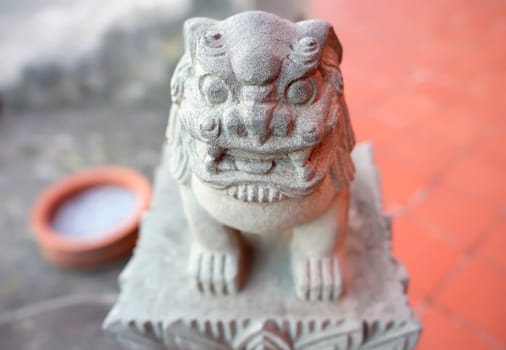

Luggage treadmill in the arrival hall of Haneda Airport in Tokyo.
Editorial LicenseUsername
kuremoResolution
4037x3002pxLuggage treadmill in the arrival hall of Haneda Airport in Tokyo.


Full monn night on the Iidabashi Crossing Intersection with the JR Iidabashi Station railway track home overlooking the traffic road.
Editorial LicenseUsername
kuremoResolution
4882x3267pxFull monn night on the Iidabashi Crossing Intersection with the JR Iidabashi Station railway track home overlooking the traffic road.


Summer blue sky over the butterfly-shaped swimming pool of Loisir Hotel and the sea of Sumiyoshi district of Naha City in Okinawa island.
Editorial LicenseUsername
kuremoResolution
4241x5765pxSummer blue sky over the butterfly-shaped swimming pool of Loisir Hotel and the sea of Sumiyoshi district of Naha City in Okinawa island.

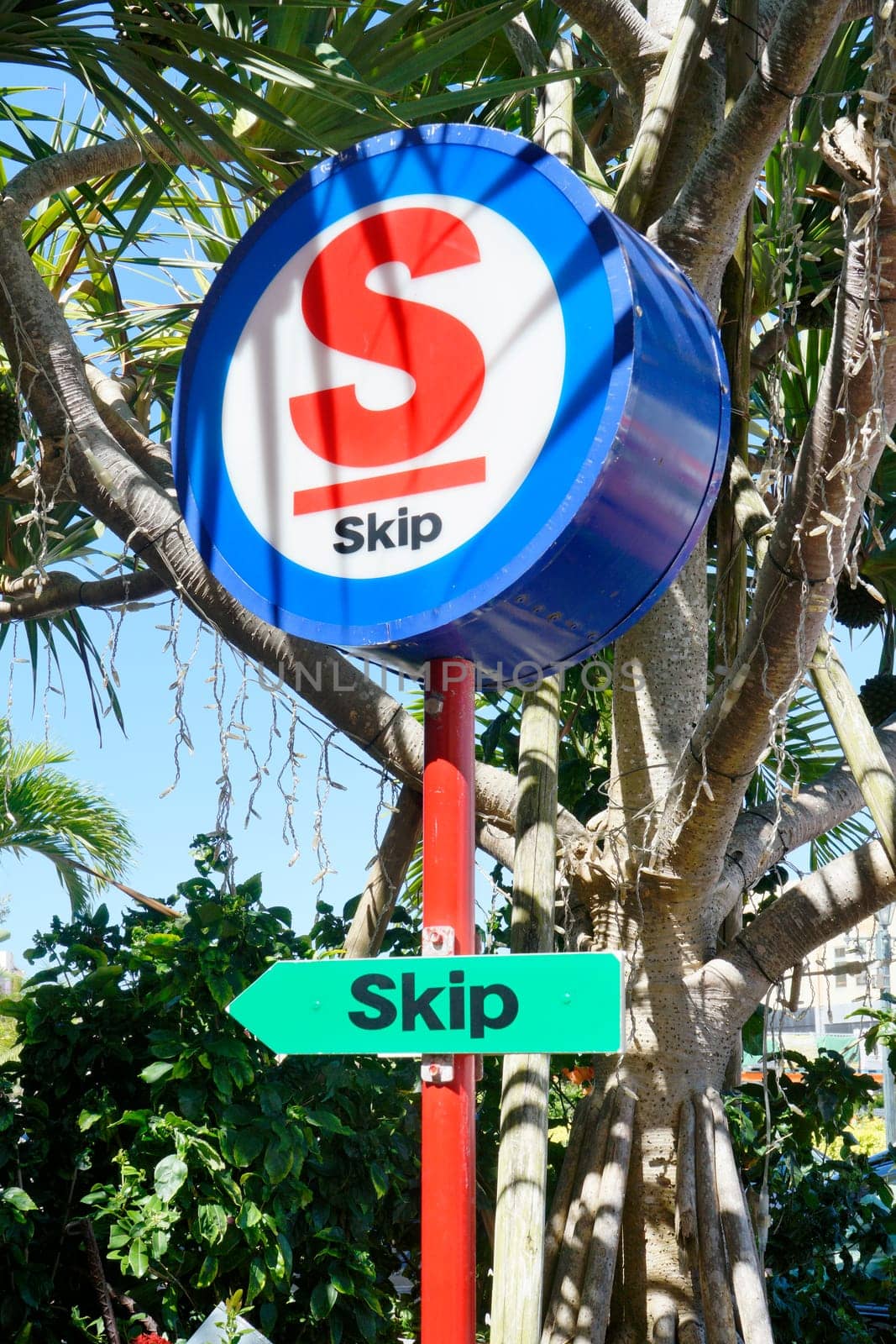
American shop sign where is inscribed Skip in the shop mall of the American village of Chatan City in Okinawa island where Distortion Seaside, Oak Fashion and Depot Island Seaside are located
Editorial LicenseUsername
kuremoResolution
4000x6000pxAmerican shop sign where is inscribed Skip in the shop mall of the American village of Chatan City in Okinawa island where Distortion Seaside, Oak Fashion and Depot Island Seaside are located


Beach umbrellas and palm trees on the Sunset beach in Chatan City in the American Village of Okinawa island in Japan.
Editorial LicenseUsername
kuremoResolution
4325x2883pxBeach umbrellas and palm trees on the Sunset beach in Chatan City in the American Village of Okinawa island in Japan.


Metal sign where is inscribed Sunset Beach and Chatan Park in the shop mall of the American village of Chatan City in Okinawa island where Distortion Seaside, Oak Fashion and Depot Island Seaside are located
Editorial LicenseUsername
kuremoResolution
4200x2800pxMetal sign where is inscribed Sunset Beach and Chatan Park in the shop mall of the American village of Chatan City in Okinawa island where Distortion Seaside, Oak Fashion and Depot Island Seaside are located


Stone sign where is inscribed in a heart shape I love Peace Let's do our best Japan in the Okinawa market shop mall of the American village in Okinawa.
Editorial LicenseUsername
kuremoResolution
4200x2800pxStone sign where is inscribed in a heart shape I love Peace Let's do our best Japan in the Okinawa market shop mall of the American village in Okinawa.

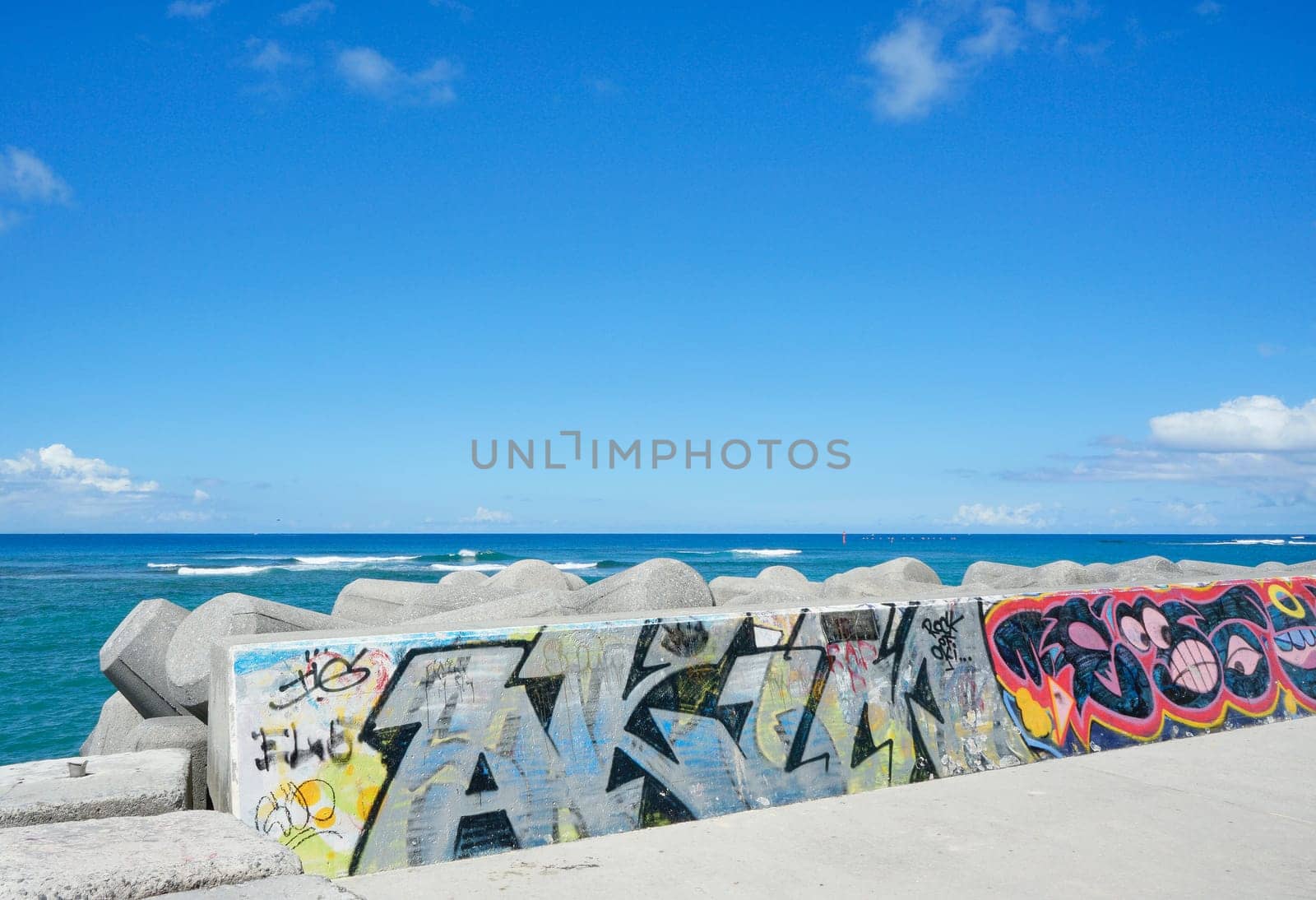
Seaside rampart decorated with graffiti on the Sunset beach in Chatan City in the American Village of Okinawa island in Japan.
Editorial LicenseUsername
kuremoResolution
4187x2864pxSeaside rampart decorated with graffiti on the Sunset beach in Chatan City in the American Village of Okinawa island in Japan.


Iidabashi Crossing Intersection with the JR Iidabashi Station railway track home overlooking the traffic road.
Editorial LicenseUsername
kuremoResolution
5168x3448pxIidabashi Crossing Intersection with the JR Iidabashi Station railway track home overlooking the traffic road.


Cocktail glass with a flamingo-shaped straw and buoy on a bar counter in Mihama Town Resort American Village
Editorial LicenseUsername
kuremoResolution
2665x4016pxCocktail glass with a flamingo-shaped straw and buoy on a bar counter in Mihama Town Resort American Village
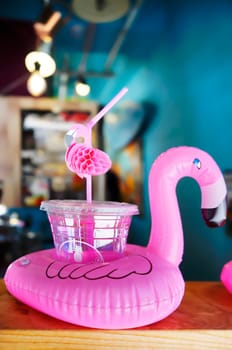

Mannequin doll of a tropical dancer wearing an hawaiian hula dancer grass skirt and a coconut bra in the shop mall of the American village of Chatan City in Okinawa island.
Editorial LicenseUsername
kuremoResolution
2801x4201pxMannequin doll of a tropical dancer wearing an hawaiian hula dancer grass skirt and a coconut bra in the shop mall of the American village of Chatan City in Okinawa island.


Boeing plane on the tarmac of the Okinawan airport of Naha Airport with a beautiful summer blue sky
Editorial LicenseUsername
kuremoResolution
6306x4101pxBoeing plane on the tarmac of the Okinawan airport of Naha Airport with a beautiful summer blue sky


American shop sign where is inscribed Import Mart Lacoste Soho and Life magazine in the shop mall of the American village of Chatan City in Okinawa island where Distortion Seaside, Oak Fashion and Depot Island Seaside are located
Editorial LicenseUsername
kuremoResolution
4178x2786pxAmerican shop sign where is inscribed Import Mart Lacoste Soho and Life magazine in the shop mall of the American village of Chatan City in Okinawa island where Distortion Seaside, Oak Fashion and Depot Island Seaside are located


Seaside on the Sunset beach in Chatan City in the American Village of Okinawa island in Japan.
Editorial LicenseUsername
kuremoResolution
2800x4200pxSeaside on the Sunset beach in Chatan City in the American Village of Okinawa island in Japan.


Okinawan Ryukyu dragon stone sculpture and stone sign where is inscribed Chatan Park in japanese on the sunset beach in the American Village of Okinawa.
Editorial LicenseUsername
kuremoResolution
2698x4106pxOkinawan Ryukyu dragon stone sculpture and stone sign where is inscribed Chatan Park in japanese on the sunset beach in the American Village of Okinawa.


Man fishing at the seaside on the Sunset beach in Chatan City in the American Village of Okinawa island in Japan.
Editorial LicenseUsername
kuremoResolution
4200x2800pxMan fishing at the seaside on the Sunset beach in Chatan City in the American Village of Okinawa island in Japan.


American shop sign where is inscribed Red Lobster in the shop mall of the American village of Chatan City in Okinawa island where Distortion Seaside, Oak Fashion and Depot Island Seaside are located
Editorial LicenseUsername
kuremoResolution
4182x2788pxAmerican shop sign where is inscribed Red Lobster in the shop mall of the American village of Chatan City in Okinawa island where Distortion Seaside, Oak Fashion and Depot Island Seaside are located
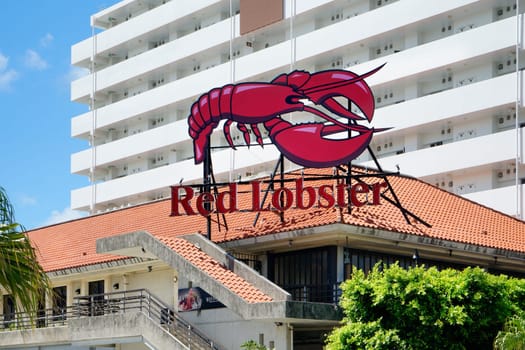

Okinawa Music Box Shop in the American village of Chatan in Okinawa island.
Editorial LicenseUsername
kuremoResolution
2648x4137pxOkinawa Music Box Shop in the American village of Chatan in Okinawa island.
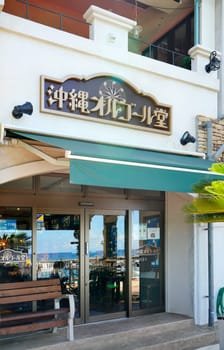

orange and white tabby cat lying staring at the lens
Stock PhotoUsername
kuremoResolution
5869x3915pxorange and white tabby cat lying staring at the lens


Shuri Castle's dragons stone sculpture in the Shuri neighborhood of Naha, the capital of Okinawa Prefecture, Japan.
Stock PhotoUsername
kuremoResolution
4694x7038pxShuri Castle's dragons stone sculpture in the Shuri neighborhood of Naha, the capital of Okinawa Prefecture, Japan.
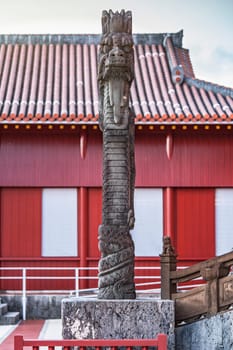

kyukeimon gate of Shuri Castle's in the Shuri neighborhood of Naha, the capital of Okinawa Prefecture, Japan.
Editorial LicenseUsername
kuremoResolution
4827x3237pxkyukeimon gate of Shuri Castle's in the Shuri neighborhood of Naha, the capital of Okinawa Prefecture, Japan.
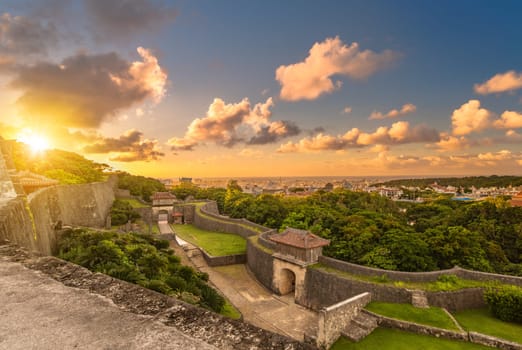

Untitled
Stock PhotoUsername
kuremoResolution
5198x7794pxUntitled

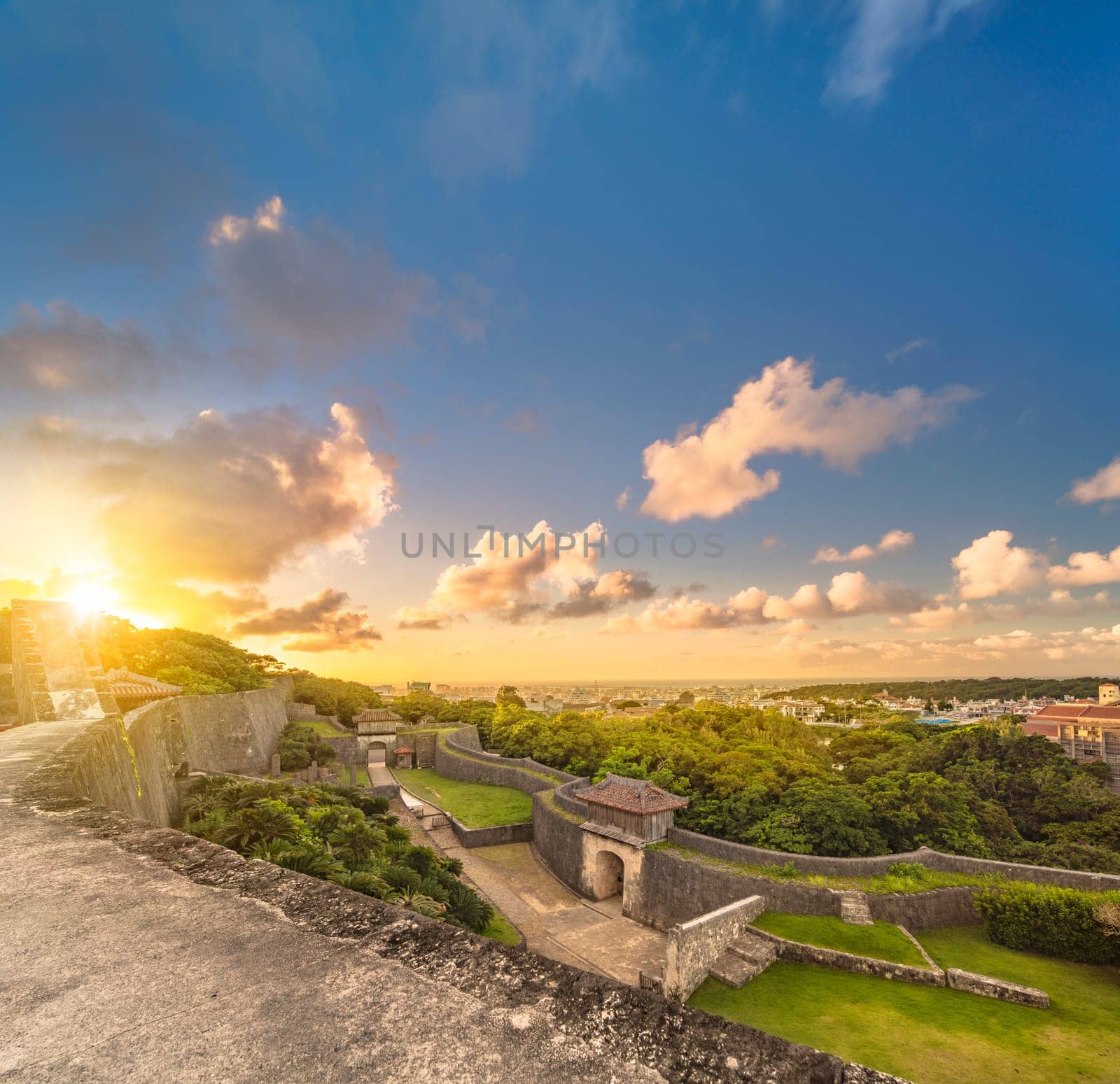
kyukeimon gate of Shuri Castle's in the Shuri neighborhood of Naha, the capital of Okinawa Prefecture, Japan.
Editorial LicenseUsername
kuremoResolution
7935x7683pxkyukeimon gate of Shuri Castle's in the Shuri neighborhood of Naha, the capital of Okinawa Prefecture, Japan.


Red hibiscus blooming flower on a beach of Naha City in Okinawa island in Japan.
Stock PhotoUsername
kuremoResolution
7952x5304pxRed hibiscus blooming flower on a beach of Naha City in Okinawa island in Japan.


Shuri Castle's karahafu style red tiled roof decorated with dragons in the Shuri neighborhood of Naha, the capital of Okinawa Prefecture, Japan.
Editorial LicenseUsername
kuremoResolution
7952x5304pxShuri Castle's karahafu style red tiled roof decorated with dragons in the Shuri neighborhood of Naha, the capital of Okinawa Prefecture, Japan.


Shuri Castle's in the Shuri neighborhood of Naha, the capital of Okinawa Prefecture, Japan.
Editorial LicenseUsername
kuremoResolution
5304x7742pxShuri Castle's in the Shuri neighborhood of Naha, the capital of Okinawa Prefecture, Japan.
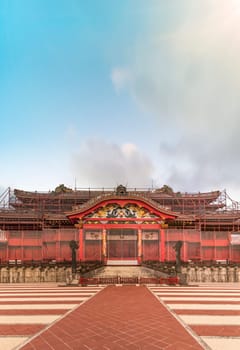

Shuri Castle's in the Shuri neighborhood of Naha, the capital of Okinawa Prefecture, Japan.
Editorial LicenseUsername
kuremoResolution
7401x5156pxShuri Castle's in the Shuri neighborhood of Naha, the capital of Okinawa Prefecture, Japan.


Kankaimon gate of Shuri Castle's in the Shuri neighborhood of Naha, the capital of Okinawa Prefecture, Japan.
Editorial LicenseUsername
kuremoResolution
5304x7952pxKankaimon gate of Shuri Castle's in the Shuri neighborhood of Naha, the capital of Okinawa Prefecture, Japan.


Shuri Castle's dragons stone sculpture in the Shuri neighborhood of Naha, the capital of Okinawa Prefecture, Japan.
Stock PhotoUsername
kuremoResolution
4038x6054pxShuri Castle's dragons stone sculpture in the Shuri neighborhood of Naha, the capital of Okinawa Prefecture, Japan.

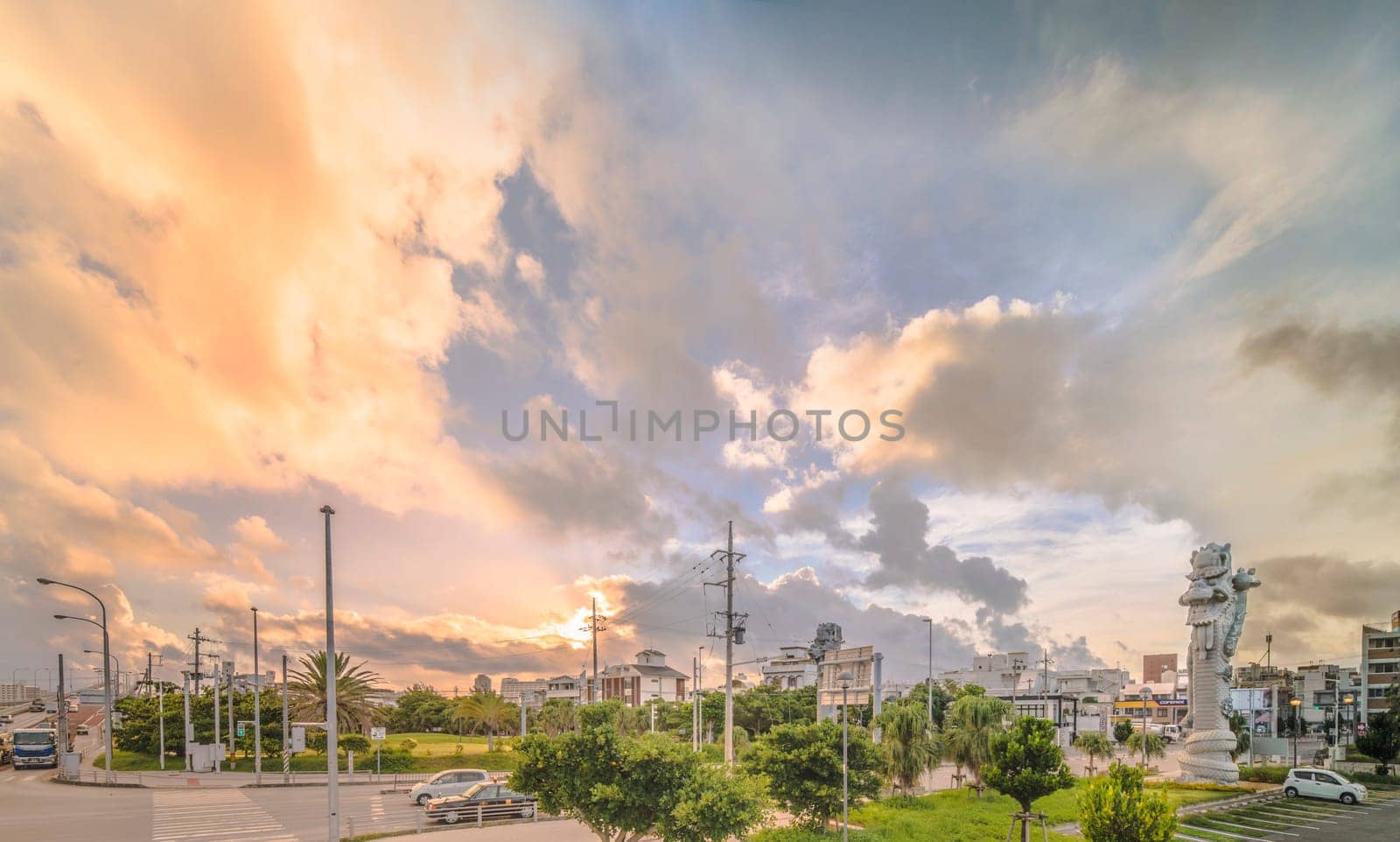
Sunrise on the giant stone dragon head of the pillars that greet cruise ship visitors close to the Naha Port Cruise Terminal dock, symbol of sister cities Naha and Fuzhou in China.
Editorial LicenseUsername
kuremoResolution
5215x3136pxSunrise on the giant stone dragon head of the pillars that greet cruise ship visitors close to the Naha Port Cruise Terminal dock, symbol of sister cities Naha and Fuzhou in China.


kyukeimon gate of Shuri Castle's in the Shuri neighborhood of Naha, the capital of Okinawa Prefecture, Japan.
Editorial LicenseUsername
kuremoResolution
5304x7655pxkyukeimon gate of Shuri Castle's in the Shuri neighborhood of Naha, the capital of Okinawa Prefecture, Japan.
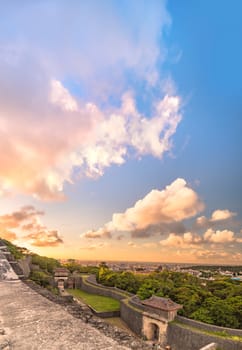

Bifukumon gate of Shuri Castle's in the Shuri neighborhood of Naha, the capital of Okinawa Prefecture, Japan.
Editorial LicenseUsername
kuremoResolution
5304x7952pxBifukumon gate of Shuri Castle's in the Shuri neighborhood of Naha, the capital of Okinawa Prefecture, Japan.
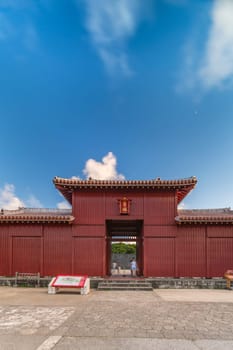

Kankaimon gate of Shuri Castle's in the Shuri neighborhood of Naha, the capital of Okinawa Prefecture, Japan.
Editorial LicenseUsername
kuremoResolution
7952x5304pxKankaimon gate of Shuri Castle's in the Shuri neighborhood of Naha, the capital of Okinawa Prefecture, Japan.
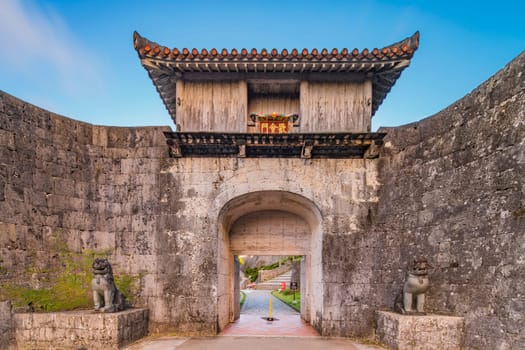
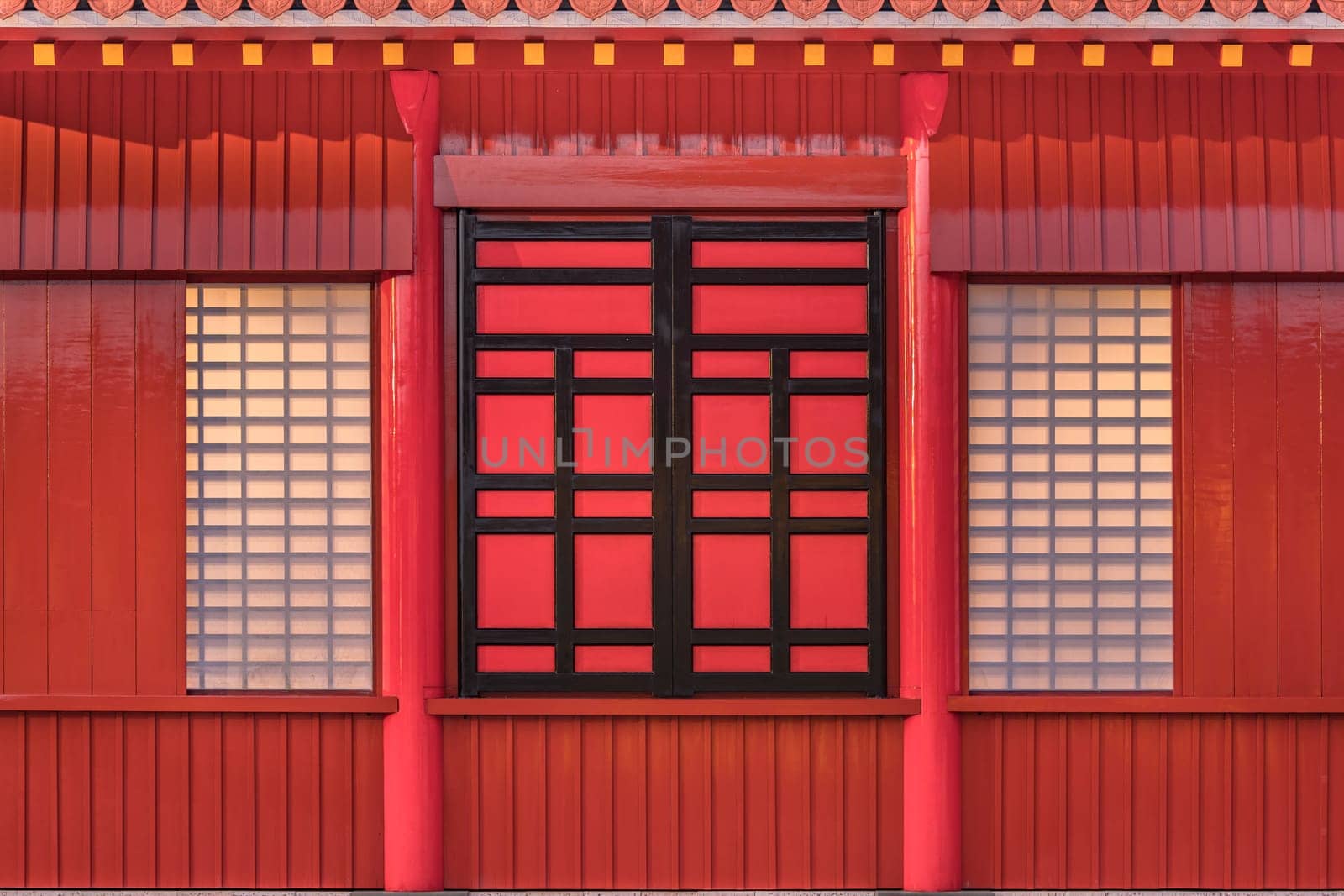
Shuri Castle's dragons stone sculpture in the Shuri neighborhood of Naha, the capital of Okinawa Prefecture, Japan.
Editorial LicenseUsername
kuremoResolution
7875x5252pxShuri Castle's dragons stone sculpture in the Shuri neighborhood of Naha, the capital of Okinawa Prefecture, Japan.


Houshinmon gate of Shuri Castle's in the Shuri neighborhood of Naha, the capital of Okinawa Prefecture, Japan.
Editorial LicenseUsername
kuremoResolution
7888x5262pxHoushinmon gate of Shuri Castle's in the Shuri neighborhood of Naha, the capital of Okinawa Prefecture, Japan.


Shukujunmon gate of Shuri Castle's in the Shuri neighborhood of Naha, the capital of Okinawa Prefecture, Japan.
Editorial LicenseUsername
kuremoResolution
5304x7874pxShukujunmon gate of Shuri Castle's in the Shuri neighborhood of Naha, the capital of Okinawa Prefecture, Japan.


Kankaimon gate of Shuri Castle's in the Shuri neighborhood of Naha, the capital of Okinawa Prefecture, Japan.
Editorial LicenseUsername
kuremoResolution
7952x5304pxKankaimon gate of Shuri Castle's in the Shuri neighborhood of Naha, the capital of Okinawa Prefecture, Japan.


Yellow hibiscus blooming flower on a beach of Naha City in Okinawa island in Japan.
Stock PhotoUsername
kuremoResolution
7084x4714pxYellow hibiscus blooming flower on a beach of Naha City in Okinawa island in Japan.

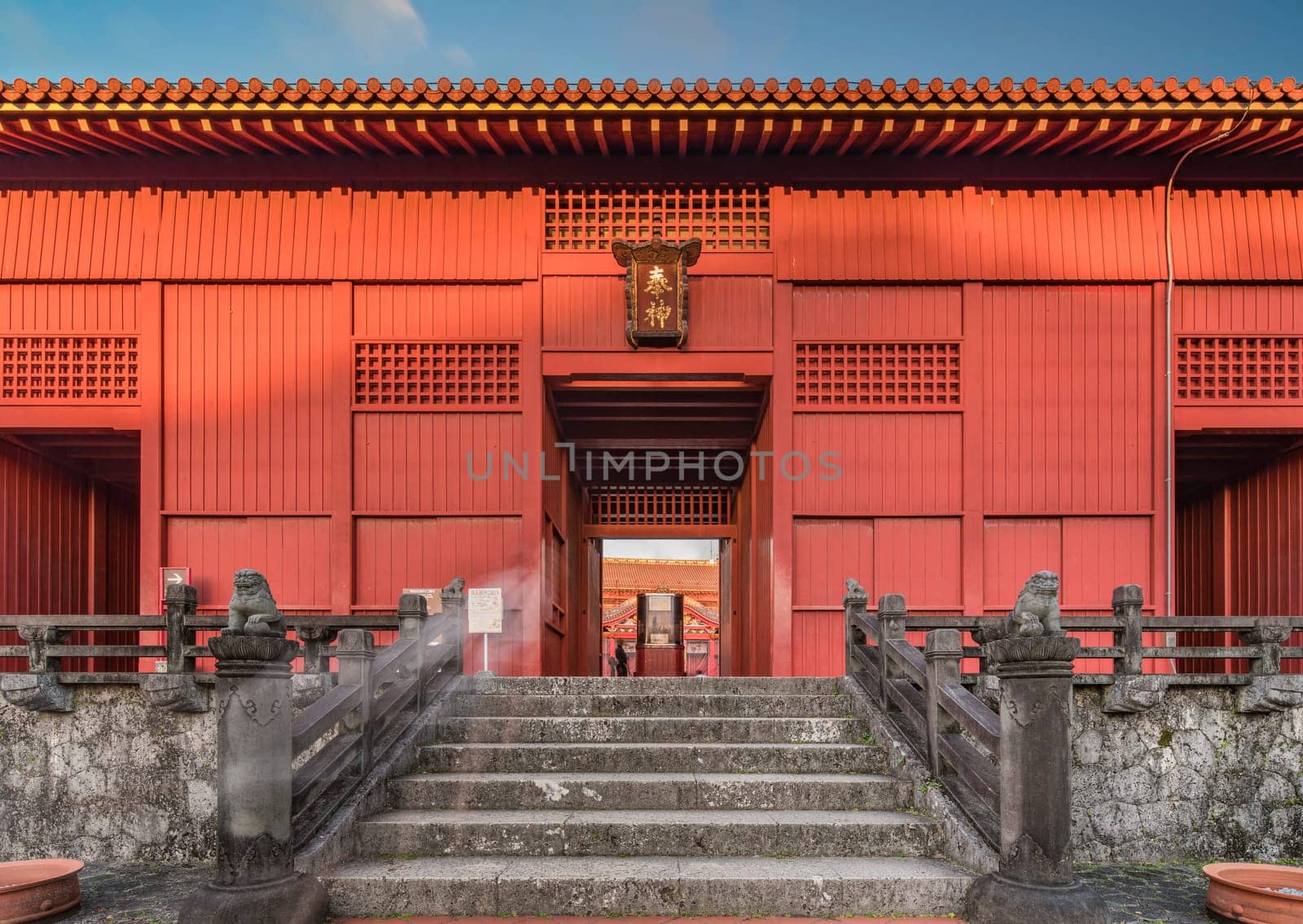
Houshinmon gate of Shuri Castle's in the Shuri neighborhood of Naha, the capital of Okinawa Prefecture, Japan.
Editorial LicenseUsername
kuremoResolution
7952x5640pxHoushinmon gate of Shuri Castle's in the Shuri neighborhood of Naha, the capital of Okinawa Prefecture, Japan.

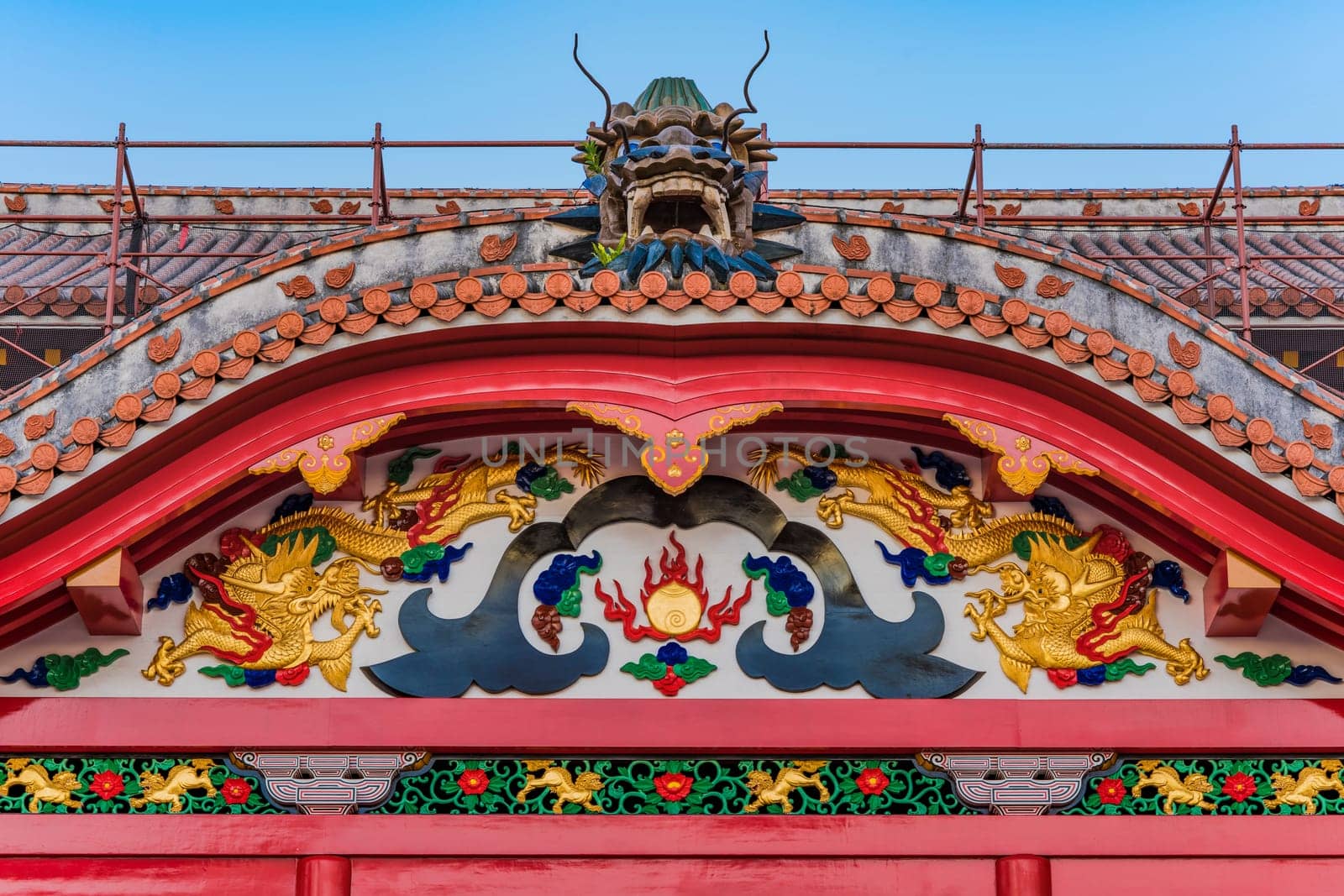
Shuri Castle's karahafu style red tiled roof decorated with dragons in the Shuri neighborhood of Naha, the capital of Okinawa Prefecture, Japan.
Editorial LicenseUsername
kuremoResolution
7952x5304pxShuri Castle's karahafu style red tiled roof decorated with dragons in the Shuri neighborhood of Naha, the capital of Okinawa Prefecture, Japan.


Japanese Okinawan lion Shisa sculpture decorated with white orchids flowers in the Welcome Hall of Naha Airport in the south of Okinawa Island.
Editorial LicenseUsername
kuremoResolution
7833x5095pxJapanese Okinawan lion Shisa sculpture decorated with white orchids flowers in the Welcome Hall of Naha Airport in the south of Okinawa Island.


Sunrise landscape of the Shinto Shrine Naminoue at the top of a cliff overlooking the beach and ocean of Naha in Okinawa Prefecture, Japan.
Editorial LicenseUsername
kuremoResolution
7952x5304pxSunrise landscape of the Shinto Shrine Naminoue at the top of a cliff overlooking the beach and ocean of Naha in Okinawa Prefecture, Japan.


Wide view of the interior of the Haneda Airport market called "Big Bird"" with a six-story restaurant, a shopping area, a decoration in the form of a turbine on the ground and an atrium on the ceiling."
Editorial LicenseUsername
kuremoResolution
3182x4771pxWide view of the interior of the Haneda Airport market called "Big Bird"" with a six-story restaurant, a shopping area, a decoration in the form of a turbine on the ground and an atrium on the ceiling."


Wide view of the interior of the Haneda Airport market called "Big Bird"" with a six-story restaurant, a shopping area, a decoration in the form of a turbine on the ground and an atrium on the ceiling."
Editorial LicenseUsername
kuremoResolution
4668x3494pxWide view of the interior of the Haneda Airport market called "Big Bird"" with a six-story restaurant, a shopping area, a decoration in the form of a turbine on the ground and an atrium on the ceiling."


Sunrise landscape of the Shinto Shrine Naminoue at the top of a cliff overlooking the beach and ocean of Naha in Okinawa Prefecture, Japan.
Editorial LicenseUsername
kuremoResolution
7952x5304pxSunrise landscape of the Shinto Shrine Naminoue at the top of a cliff overlooking the beach and ocean of Naha in Okinawa Prefecture, Japan.


Sunrise landscape of the Shinto Shrine Naminoue at the top of a cliff overlooking the beach and ocean of Naha in Okinawa Prefecture, Japan.
Editorial LicenseUsername
kuremoResolution
7952x5304pxSunrise landscape of the Shinto Shrine Naminoue at the top of a cliff overlooking the beach and ocean of Naha in Okinawa Prefecture, Japan.


dramatic cloudscape with dramatic clouds reflecting the rays of sunset light.
Stock PhotoUsername
kuremoResolution
5304x7952pxdramatic cloudscape with dramatic clouds reflecting the rays of sunset light.


Sunrise landscape of the Naminoue beach close to the Kokusai Street Shopping District of Naha in Okinawa Prefecture, Japan.
Editorial LicenseUsername
kuremoResolution
7952x5304pxSunrise landscape of the Naminoue beach close to the Kokusai Street Shopping District of Naha in Okinawa Prefecture, Japan.

